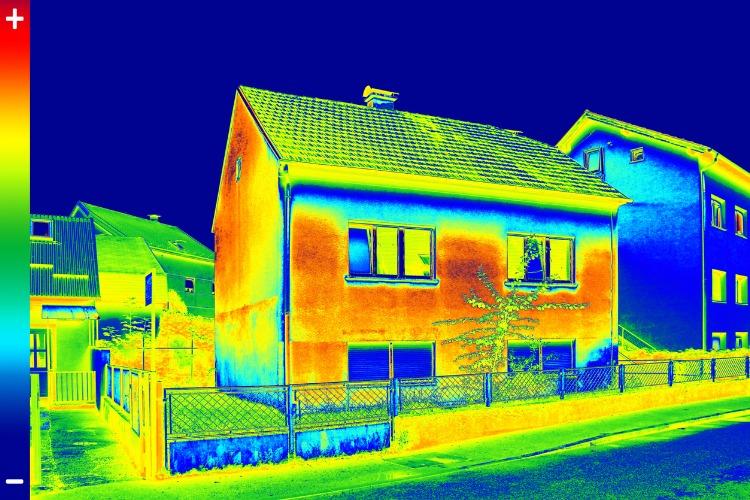Enhancing Energy Efficiency in Buildings through Advanced Thermal Modelling Software
In the quest for sustainable development, the design and construction sectors are turning to innovative tools. Among these tools, advanced thermal modelling software emerges as a crucial asset for engineers, designers and architects. This technological advancement allows for the precise prediction and enhancement of a building's thermal performance, leading to more eco-friendly construction practices.
Revolutionary Tools for Sustainable Design
Architects and engineers are increasingly relying on thermal modelling software to forecast the energy consumption patterns of buildings. This sophisticated software facilitates the creation of models that simulate a structure's response to thermal stress, including heat transfer and energy loss. Utilizing these models, design professionals can identify inefficiencies and make informed decisions to improve building sustainability.
Strategic Implementation in Design Phases
The integration of thermal analysis during the initial stages of design is paramount. By applying thermal modelling at this juncture, architects can influence fundamental aspects of the building's layout and orientation to harness natural light and heat, significantly reducing reliance on artificial heating and cooling. This strategy not only enhances energy efficiency but also promotes the wellbeing of the building's occupants by ensuring optimal thermal comfort.
Material Selection and Thermal Performance
Selecting the appropriate building materials is a critical step influenced greatly by thermal modelling insights. Materials with superior thermal properties can drastically improve a building's insulation and energy retention capabilities. Consequently, architects can design structures that maintain a stable internal temperature, reducing the need for external energy sources and lowering carbon footprints.
Optimizing HVAC System Efficiency
Heating, Ventilation, and Air Conditioning (HVAC) systems represent a significant portion of a building's energy consumption. Through detailed thermal analysis, engineers can tailor these systems to match the specific thermal characteristics of a structure, ensuring that they operate at peak efficiency. This approach not only conserves energy but also extends the lifespan of the HVAC equipment by preventing overuse.
Enhancing Regulatory Compliance and Green Certification
In today's regulatory environment, compliance with energy efficiency standards is not just a goal but a necessity. Thermal modelling plays a pivotal role in this context, providing the data needed to meet and exceed these standards. Moreover, buildings designed with the aid of thermal analysis are more likely to achieve green certifications, enhancing their market value and appeal.
Future Prospects and Innovations
The field of thermal modelling is ripe with potential for future innovations. As software becomes more sophisticated, it will offer even greater precision in predicting thermal performance. This evolution will empower architects and engineers to design buildings that are not only more energy-efficient but also more resilient to the changing climate.
In conclusion, the utilization of advanced thermal modelling software is transforming the construction industry. By enabling precise predictions of thermal performance, this technology plays a critical role in the creation of sustainable, energy-efficient buildings. As architects and engineers continue to harness the power of thermal modelling, the dream of truly green construction practices becomes an achievable reality. Through strategic design decisions, material selection, and system optimization, the construction sector is making significant strides toward a more sustainable future.

